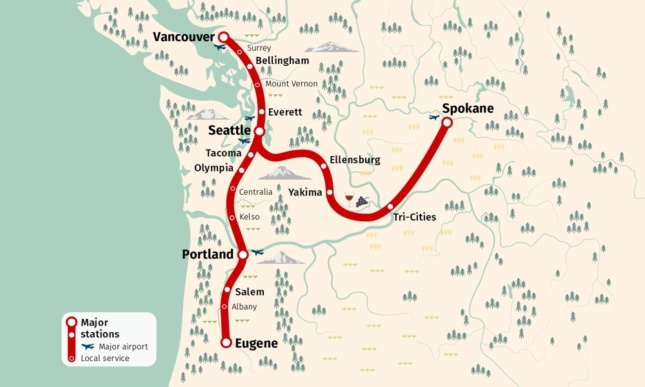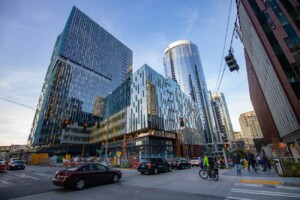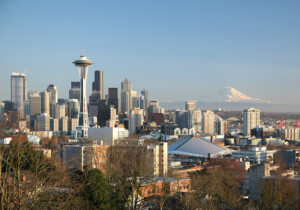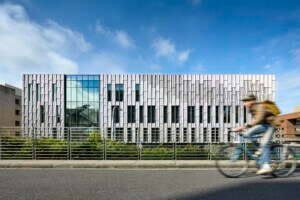A fledgling plan to bring high-speed rail (HSR) service to the Pacific Northwest region of the United States and parts of southwestern Canada is moving closer to becoming a reality.
The Urbanist reported that this week, the Washington State Legislature introduced legislation that would create a new interstate high-speed rail authority for the region that could begin to take the first steps toward making the Cascadia Rail plan a reality. According to The Urbanist, the new rail authority would be in charge of coordinating high-speed rail efforts across Washington, Oregon, and Canadian jurisdictions while also setting requirements for contracting operations and other issues. The authority would also be responsible for ensuring that the trains and routes selected for the project could deliver service at 250 miles per hour, a key stipulation for making the project economically viable across the region.
The authority would also provide a singular contact point for communities along the proposed routes and would handle the preparation of environmental impact reports at the federal and local levels.
A preliminary plan for the Cascadia Rail service was unveiled in 2018 that proposed a coastal line connecting Portland, Oregon, with Vancouver, Canada. The plan includes an eastern spur connecting Spokane, Washington, with Seattle.

The plan has support from the Washington State business community as well as a growing set of local officials who see the prospect of reliable, high-speed rail service as a key way of reducing automobile traffic along Interstate-5 while also helping to address growing transportation emissions across the region.
Several high-speed rail plans are making progress around the country, including in California, where the nation’s first true high-speed rail network is currently under construction. After years of planning and partisan bickering, the controversial plan is finally in full-swing and a line running through central California between Bakersfield and Madera is expected to open by 2022.
Along the Florida coast, the privately owned Brightline route made its debut this year connecting West Palm Beach and Fort Lauderdale. Though the train is not truly a high-speed rail corridor—it runs at top speeds of roughly 80 miles per hour—the train has cut travel times between the two cities by over an hour. The line is expected to expand to serve Miami and Orlando by 2020.
All Aboard Florida, the company that owns and operates Brightline, is also moving toward a second train venture connecting Las Vegas, Nevada, with the greater Los Angeles metropolitan area. The company recently purchased XpressWest, a struggling venture that was aiming to deliver service between the two cities following the Interstate-15 corridor, Urbanize.LA reported. Like the Florida line, however, trains will not exactly run at high speeds; projected service is expected to begin in 2022 and will run at around 92 miles per hour.
This might sound like a good bit of progress—and it is—but recent rail development in the United States pales in comparison to the many ambitious rail projects under construction around the world.
China, for example, plans to build over 2,000 miles of true high-speed rail lines in 2019 alone. That’s enough track to connect Philadelphia to Phoenix.











